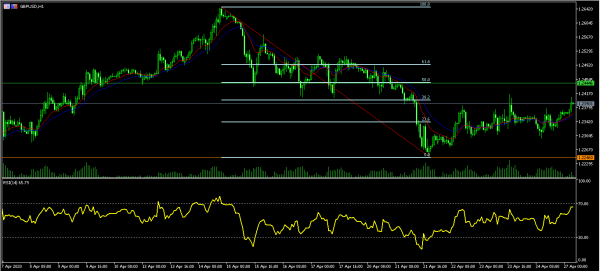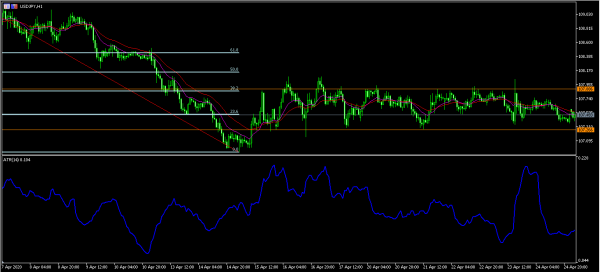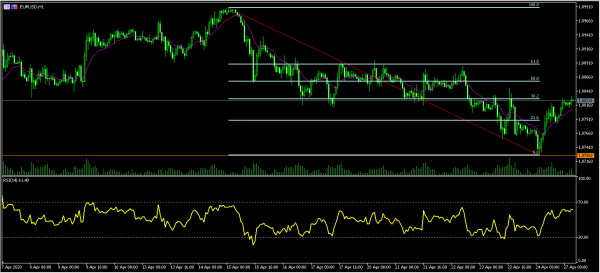The Japanese yen was little changed as the Bank of Japan (BOJ) started its monetary policy meeting. While most analysts expect the BOJ to leave interest rates unchanged, there are hopes that the bank will offer more support to the economy. In an exclusive report last week, Nikkei said that the bank was considering offering open-ended quantitative easing and more support to businesses. By offering an open-ended QE, the bank would join the Federal Reserve, which has increased its balance sheet by more than $3 trillion this year. The BOJ has a balance sheet worth more than $5 trillion, which is larger than the Japanese economy.
The price of crude oil declined in early trading as the market continued to worry about demand. WTI dropped by more than 7% while Brent dropped by 2% from the Friday close. The drop happened even after a report showed that US oil companies were continuing to cut production. According to Baker Hughes, the number of active US rigs declined by 60 this week to 378. This was the sixth week of straight decline. In total, more than 327 oil and natural gas rigs have been slashed in the past six weeks. Still, oil production is still increasing in the US. According to the EIA, the country is still producing more than 12.2 million barrels every day.
Asian stocks and American futures rose as investors remained optimistic about the reopening of the economy. This is mostly because of the number of new cases and hospitalisation has started to drop in most countries, including the US. The market is also focusing on corporate earnings. Today, we will receive earnings from companies like Adidas, Bayer, Brinks, Ingersoll Rand, and NXP among others. In a report by Factset, 24% of companies in the S&P500 have already released their earnings. 60% of these companies have reported actual EPS that is below the five-year average. Also, earnings have dropped by more than 15.8% in the first quarter, which is higher than the 14.8% decline reported a week before.
EUR/USD
The EUR/USD pair was little changed during the Asian session. The pair is trading at 1.0822, which is a few pips below Friday’s close of 1.0832. On the hourly chart, the price is along the 38.2% Fibonacci Retracement level and above the 14-day and 28-day exponential moving averages. The RSI has also been rising and is slightly below the overbought level of 70. The pair’s upward trend may continue if it manages to move above the 38.2% retracement level at 1.0830.
GBP/USD
The GBP/USD pair rose slightly as bulls reacted to news that Boris Johnson was returning back to work. The pair reached an intraday high of 1.2400, which is the highest it has been since Thursday last week. On the hourly chart, the price is slightly below the 38.2% retracement level and slightly above the 14-day and 28-day exponential moving averages. As with the EUR/USD, the pair may move to test the 50% retracement of 1.2445 if it moves past the current resistance.
USD/JPY
The USD/JPY pair was in a holding pattern as the BOJ started its meeting. The pair is trading at 107.48, which is along the 14-day and 28-day exponential moving average. The price has also been moving sideways for the past 2 weeks. As a result, its volatility, as measured by the Average True Range (ATR) has continued to decline. The pair may see a significant move in either direction as BOJ delivers its rates decision.














